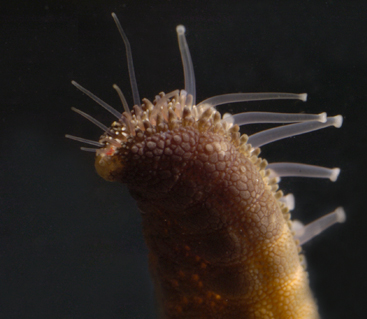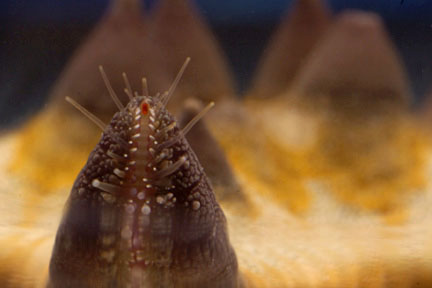Commonly know as a Sea
Star or Starfish
Scientific Name: Protoreaster
nodosus

Category:
Saltwater Invertebrates
Kingdom: Animalia
Phylum: Echinodermata
Class: Asteroidea
Order: Valvatida
Family: Oreasteridae
Genus: Protoreaster
Species: nodosus




